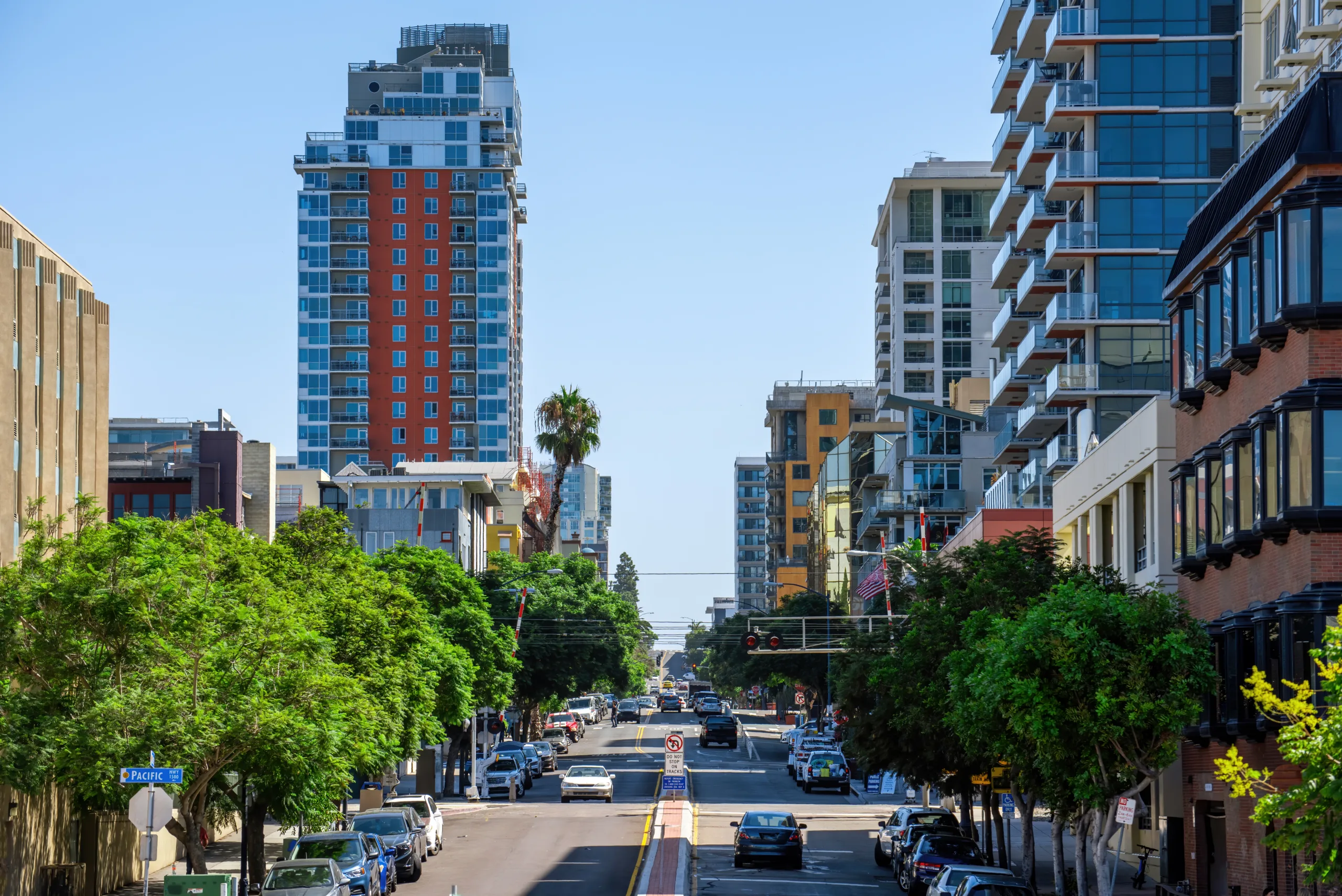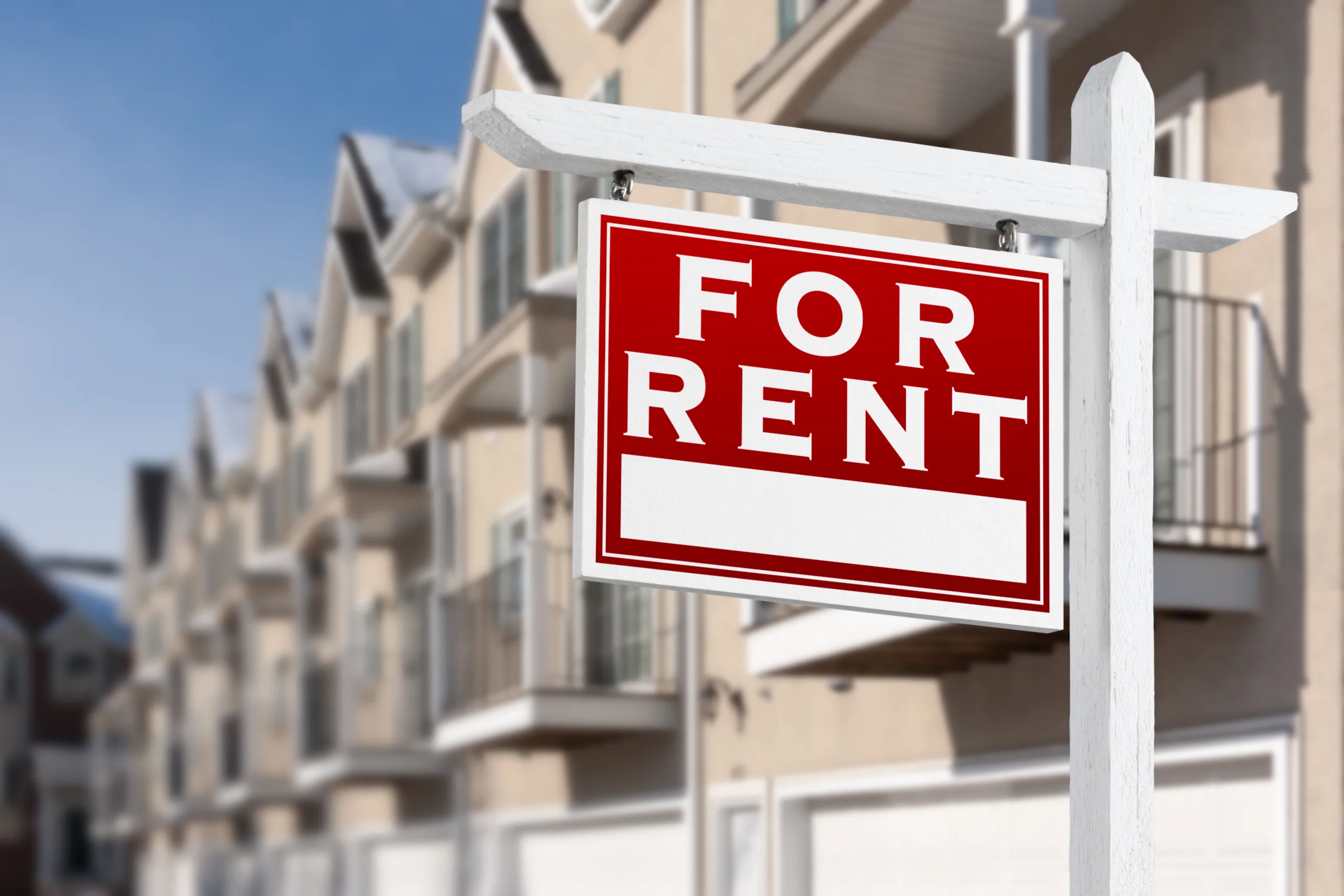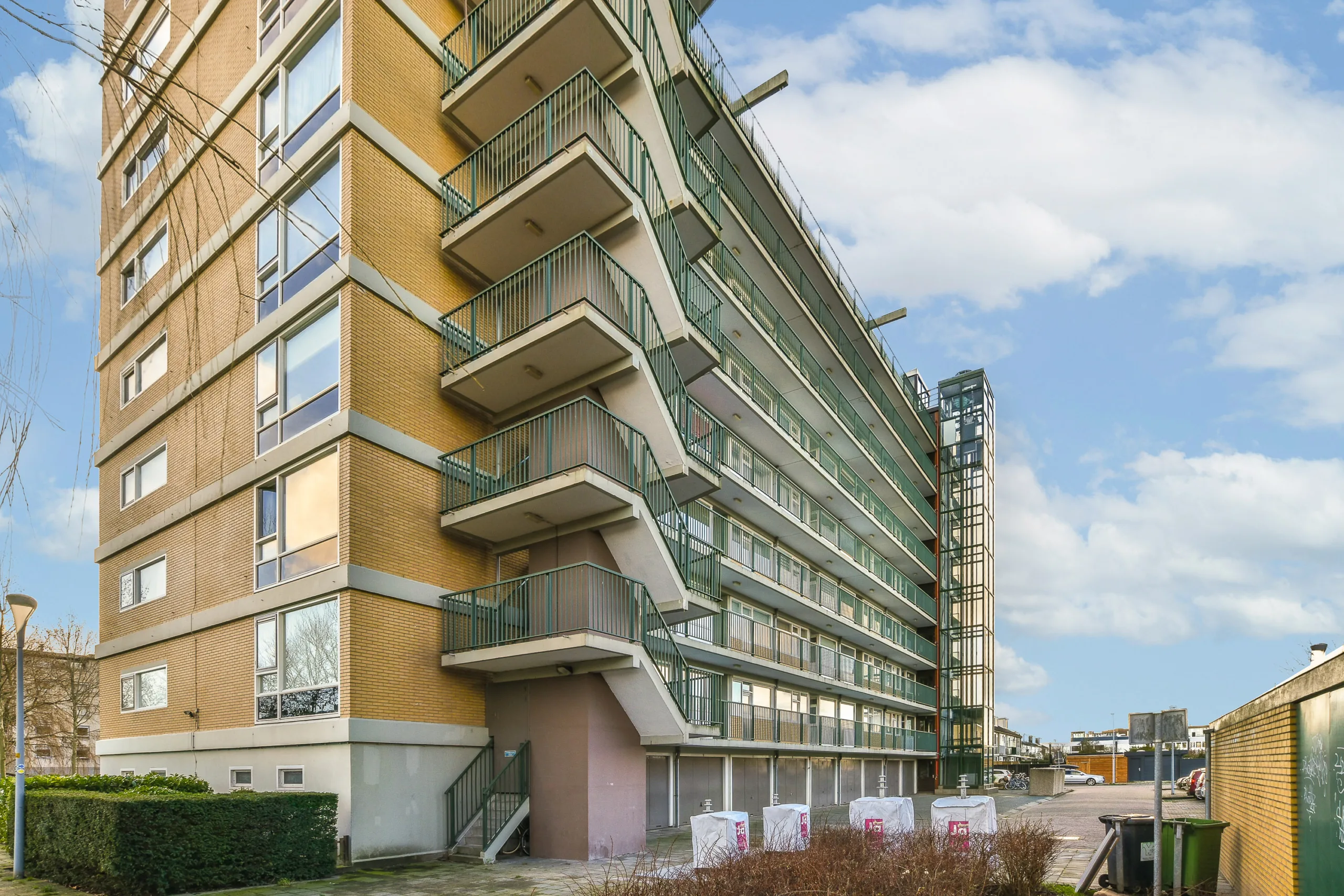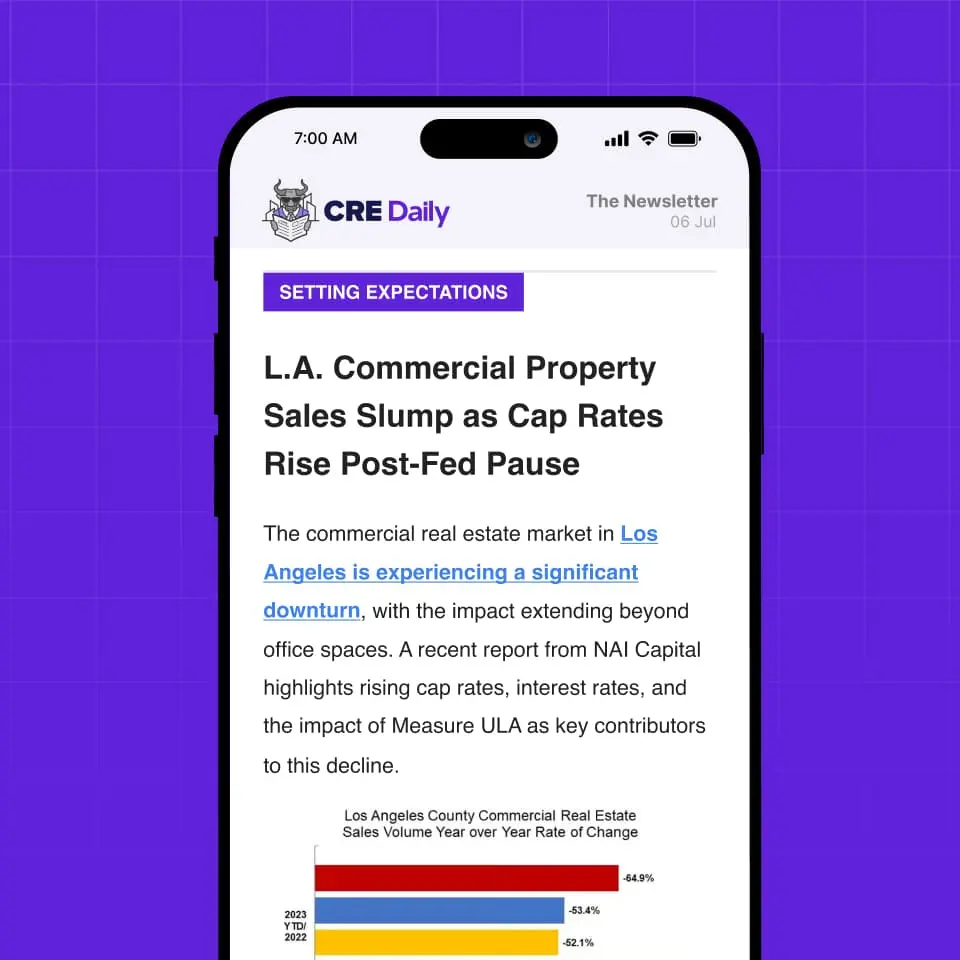- LA County has built fewer than 100K units since 2021, far short of the 700K needed by 2029.
- Multifamily projects take triple the national average time to complete, delaying new supply.
- ADUs make up a large share of completions but do little to address affordable housing needs.
- Only 4,400 affordable units were completed in 2024, despite growing demand and state-mandated targets.
LA’s Housing Engine Is Stalling
A report by USC’s Neighborhood Data for Social Change project paints a dire picture for Los Angeles County’s housing trajectory, reports CoStar. With under 100K units built since 2021 and a 700K-unit goal by 2029, the pace of development—especially for affordable housing—is dangerously slow.
Multifamily buildings typically account for the majority of new housing units in Los Angeles. These projects now take about three years to complete. That’s a stark contrast to the national average, where construction timelines are significantly shorter. Delays in permitting, inspections, and utility connections continue to hold back project delivery, frustrating developers and policymakers alike.
ADUs Can’t Bridge The Gap Alone
More than one-third of recent housing completions come from ADUs, often constructed by individual homeowners. While these smaller-scale additions increase supply, they’re mostly market rate or used for extended family, casting doubt on their role in solving LA’s affordability crunch.
“There’s nothing wrong with Grandma living in the ADU, but should that count toward the housing supply the same way a five-unit building does?” asked USC’s Elly Schoen.
Get Smarter about what matters in CRE
Stay ahead of trends in commercial real estate with CRE Daily – the free newsletter delivering everything you need to start your day in just 5-minutes
Affordable Housing Targets Are Falling Short
In 2024, LA County added just 4,400 income-restricted units. A record for the decade but a small fraction of the 300K affordable units needed by 2029. Demand is high: nearly 700K renter households earn less than $50K annually, with 90% spending more than 30% of their income on rent.
Development Headwinds Mount
Developers face a daunting mix of challenges:
- Extended entitlement timelines
- High construction costs and interest rates
- Rising insurance premiums
- The city’s mansion tax, which reduces deal profitability
These obstacles are combining to slow development further. CoStar data shows a 21% decline in apartment construction year-over-year, with developers increasingly hesitant to break ground on speculative projects.
Why It Matters
The shortfall in housing production is making the affordability crisis worse. It also puts local governments at risk of legal action and financial penalties. These consequences stem from failing to meet state-mandated housing targets.
What’s Next
Addressing the housing shortage will require collaboration among public agencies, nonprofits, and private developers. Some groups, like JPMorgan Chase, are already taking action. They’re using the USC study to help guide investment decisions that could speed up affordable housing development.
“If anybody has access to land or can quickly get it, they need to be in the business of developing it,” said JPMorgan’s Corey Matthews. “It is that urgent.”


















